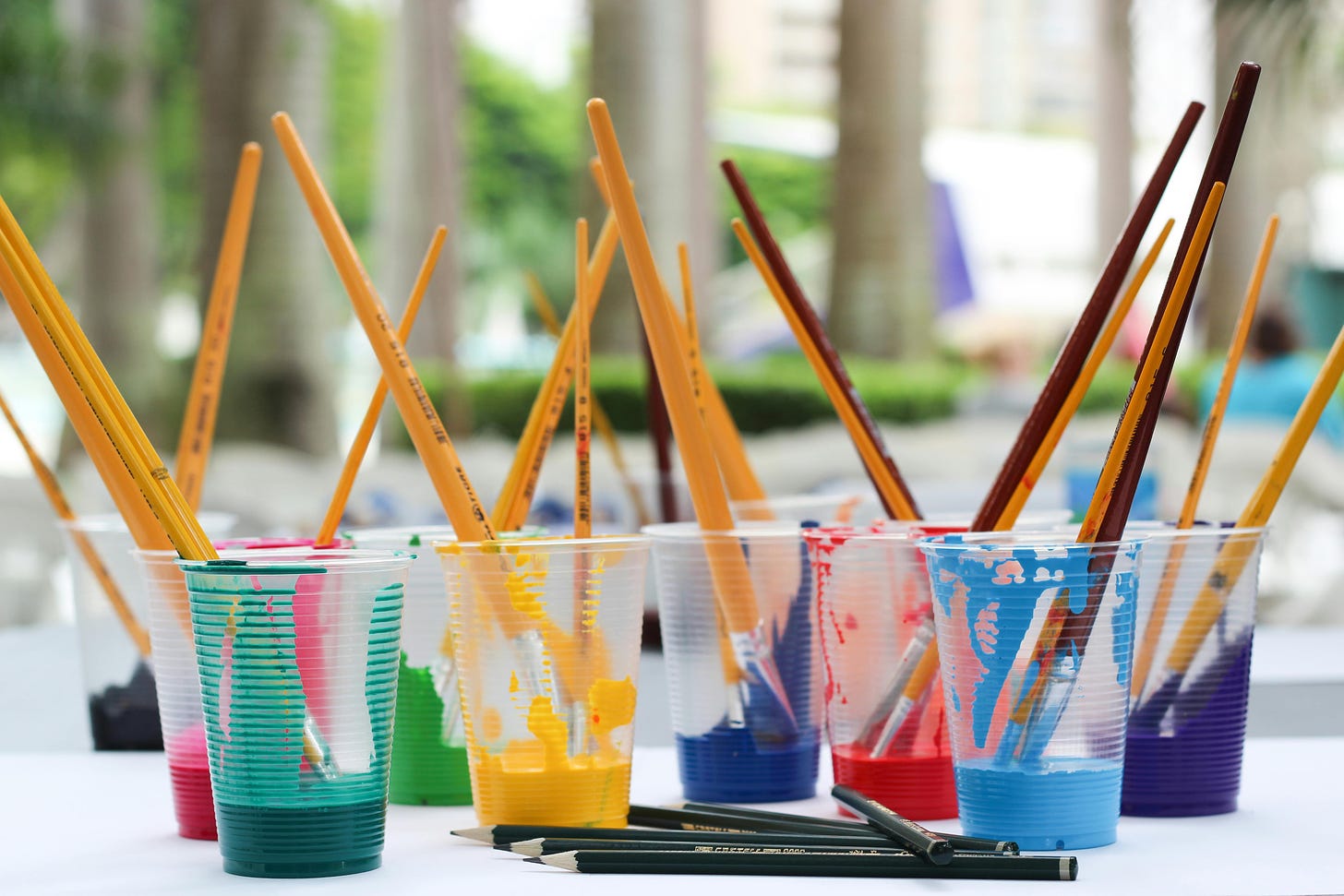Investing in New Artists is Worse Than Picking Stocks
Investing in most art is wealth redistribution
Back in the early 1990s, I invested in the work of a new but promising artist in New York and bought a few paintings. Frequent gallery shows showcased this artist, who attracted a wide range of collectors. He also had exhibitions in prominent galleries around the world, and many overseas collectors were among the local rich and affluent crowd. In fact, I joined him and was present at some of the openings in Europe. I was amazed at the wealthy people he had convinced to invest in his work. There were two things I was unaware of at that time:
First, the rich invest in a large portfolio of new artists. It is similar to private equity. If one of them becomes famous, they can recover their total investment many times over. Second, marketing and promotion agencies do excellent work. They are worth the money spent. They can take even the dumbest person in the world and convince everyone they are the new Einstein. Of course, at the end, the truth shines, but in the meantime, the goals are accomplished.
In summary, I sold the paintings I purchased from this artist in New York early this year, after 30 years, at a slightly lower price than when I originally purchased them. Given that official inflation in the last 30 years has been about 120%, I lost more than 50% of my investment. Theoretically, had I invested the money in the S&P 500 total return, I would have made about 470% after inflation, or 7.7% annualized.
Investing in new artists is worse than picking stocks. The distribution of returns has fatter tails. Probably 0.1% of all artists realize 99% of the price appreciation. When investing in a new artist, it is like picking a player from a high school basketball team and betting they will be in the NBA one day; very few make it that far.
Furthermore, investing in new art can result in wealth redistribution. We also observed a significant decline in the value of new digital art and NFTs. According to my experience, the artist I invested with used the money to buy real estate around the world, while his galleries convinced wealthy collectors that he was the new rising star.
If you are buying art for your home, then decoration is your utility function; you should not care about price appreciation. However, if you are purchasing art as an investment, investing in emerging artists necessitates a substantial portfolio, likely exceeding 100 or 200 names, because of the stochastic nature of price appreciation and the influence of a few outliers. This is a rich people’s game.




